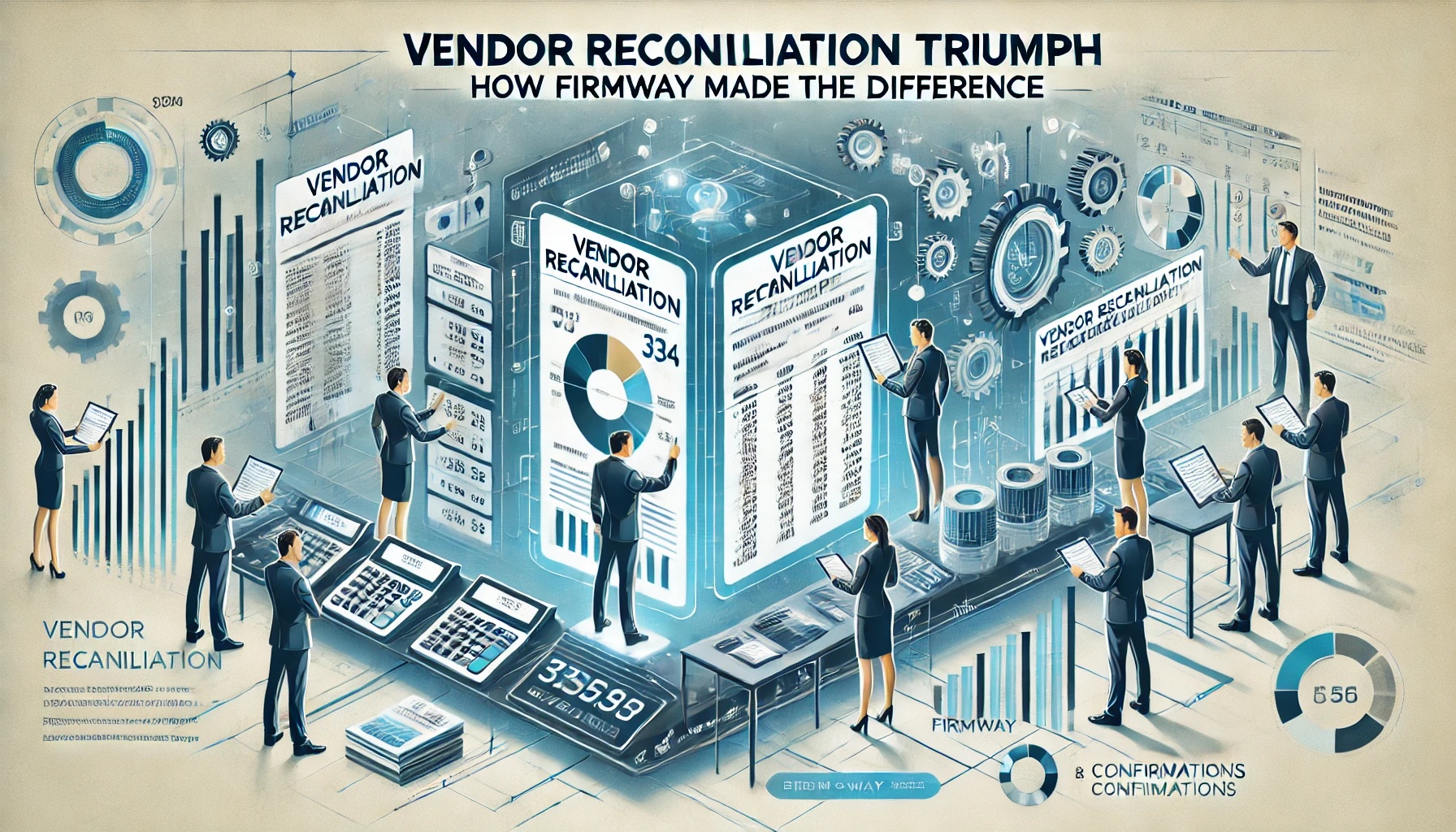To begin with, Bank Reconciliation is a crucial financial process that every business, regardless of its size or industry, should regularly undertake. It involves comparing and reconciling the balances on your bank statements with the balances in your accounting records. In this complete guide for beginners, we will break down the bank reconciliation process step by step, making it accessible and straightforward.
What is Bank Reconciliation?
At its core, bank reconciliation is the process of comparing your financial records, including your bank statement and your own accounting records, to ensure they match. (Learn more about Bank Reconciliation)
Why is Bank Reconciliation Important?
Bank reconciliation serves several critical purposes:
- Ensures Accuracy: Bank reconciliation helps verify the accuracy of your financial records.
- Detects Errors: It helps in detecting errors, both human and system generated.
- Prevents Fraud: Bank reconciliation can uncover unauthorised or fraudulent transactions.
- Manages Cash Flow: By regularly reconciling your accounts, you can closely monitor your cash flow.
Getting Started with Bank Reconciliation
Step 1: Gather Your Materials
- Your bank statements, accounting records, etc
- Any additional records such as credit card statements.
Step 2: Compare Transactions
Start by comparing each transaction on your bank statement to your own records. Common transactions include deposits, withdrawals, checks, and electronic transfers.
Step 3: Identify Discrepancies
During this process, you may encounter discrepancies. These can result from timing differences, processing delays, or errors.
Step 4: Adjust Your Records
Once you’ve identified discrepancies, make the necessary adjustments to your records.
Step 5: Reconcile to a Zero Balance
Finally, your goal is to reconcile your bank account to a zero balance. This means that when you add or subtract all the adjustments you’ve made from your bank statement balance, it should equal your own accounting balance.
Some practicals tips –
- Ideally, reconciliation should to be done monthly.
- Maintaining detailed records.
- Segregation of duties would help in detecting errors and mistakes.
- Account for outstanding cheques and deposits in transits.
- Training of staff to stay updated.
- Keeping personal and business transactions separate.
- Automate the process wherever possible.
- Lastly, review of reconciliations done.
How can technology help in Bank Reconciliation?
In fact, Technology and Automation play a significant role in streamlining the bank reconciliation process. By automating one can:
- Automatically import bank statements and financial data, reducing manual data entry errors.
- Utilise algorithms to match transactions between bank statements and accounting records, identifying discrepancies more efficiently.
- Provide real-time updates, enabling businesses to reconcile their accounts more frequently and stay up to date.
- Automatically generate reconciliation reports, saving time and ensuring accuracy.
- Flag unusual transactions and potential errors for review, reducing the risk of fraud or oversight.
- Increase the overall efficiency of the reconciliation process, freeing up resources for more strategic financial tasks.
- Seamlessly integrate with accounting software, further streamlining financial operations.
Additionally, automating can enhance the accuracy, speed, and efficiency of their bank reconciliation, leading to more effective financial management.
Firmway’s automation software for bank reconciliations help businesses streamline and standardise the process of bank reconciliation making the process seamless for the organisation.
It efficiently manages communication with parties and generates reconciliation reports as and when required. It can reconcile large volumes in minutes. It highlights mismatches and classifies entries into different buckets for ease of operations.





